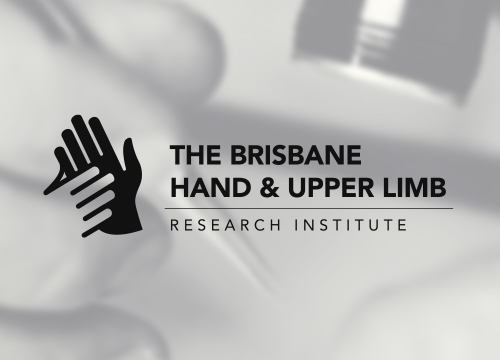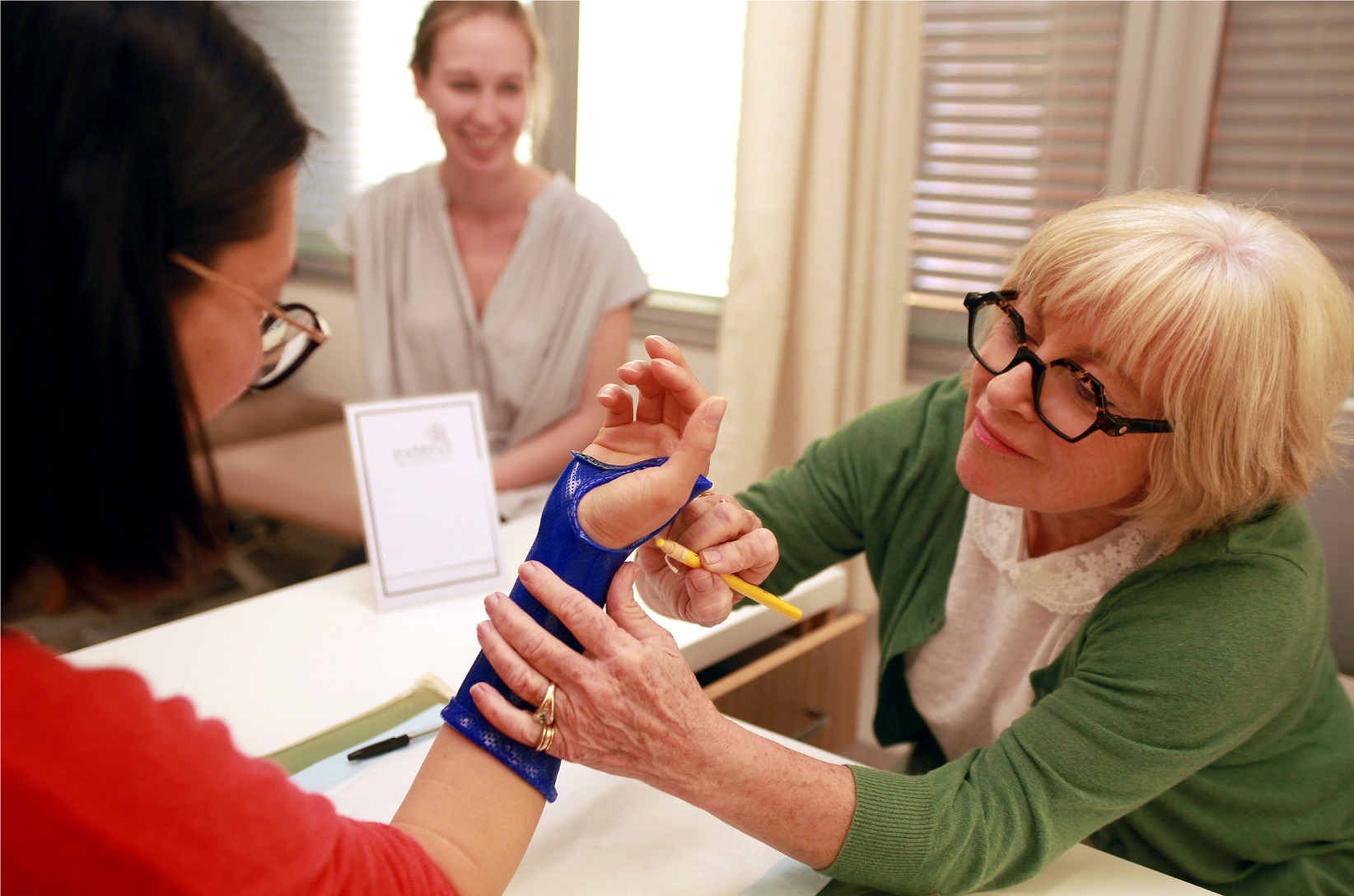Phillip Duke, Elie Walsh, Ruby Strauss, Mark Ross
The shoulder joint exhibits the greatest range of motion in the human body facilitated through the complex interplay of soft tissue and osseous anatomy. The wide range of movement in this joint results in a high susceptibility of dislocation with 50% of all joint dislocations involving the shoulder. Instability of the shoulder is a difficult clinical problem that is treated by a variety of open and arthroscopic methods.
The purpose of this prospective cohort study was to evaluate the clinical course following shoulder instability surgery, including but not limited to the arthroscopic Latarjet and open Bristow procedures, and to evaluate various prognostic variables for outcome including exposure type (open versus arthroscopic), as well as other baseline variables.
This study has been terminated early due to a lack of participants.




